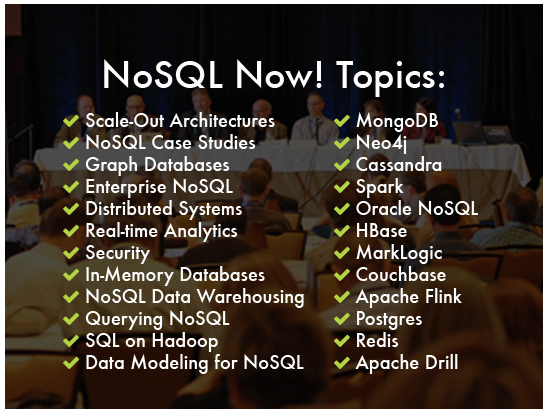The Trans-Pacific Partnership is just one of many government secrets.
Reading Army ELA: Weapon Of Mass Confusion? by Kevin McLaughlin, I discovered yet another.
From the post:
…
As DISA and VMware work on a new JELA proposal, sources familiar with the matter said the relationship between the two is coming under scrutiny from other enterprise vendors. What’s more, certain details of the JELA remain shrouded in secrecy.DISA’s JELA document contains several large chunks of redacted text, including one entire section titled “Determination Of Fair And Reasonable Cost.”
In other parts, DISA has redacted specific figures, such as VMware’s percentage of the DOD’s virtualized environments and the total amount the DOD has invested in VMware software licenses. The redacted portions have fueled industry speculation about why these and other aspects of the contract were deemed unfit for the eyes of the public.
DISA’s rationale for awarding the Army ELA and DOD JELA to VMware without opening it up to competition is also suspect, one industry executive who’s been tracking both deals told CRN. “Typically, the justification for sole-sourcing contracts to a vendor is that they only cover maintenance, yet these contracts obviously weren’t maintenance-only,” said the source.
…
The situation is complex but essentially the Army signed a contract with VMware that resulted in the Army downloading suites of software when it only wanted one particular part of the suite, but the Army was billed for maintenance cost on the entire suite.
That appears to be what was specified in the VMware ELA, which should be a motivation to using topic maps in connection with government contracts.
Did that go by a little fast? The jump from the VMware ELA to topic maps?
Think about it. The “Army” didn’t really sign a contract with “VMware” anymore than “VMware” signed a contract with the “Army.”
No, someone in particular, a nameable individual or group of nameable individuals, had meetings, reviews, and ultimately decided to agree to the contract between the “Army” and “VMware.” All of those individuals has roles in the proceedings that resulted in the ELA in question.
Yet, when it comes time to discuss the VMware ELA, the best we can do is talk about it as though these large organizations acted on their own. The only named individual who might be in some way responsible for the mess is the Army’s current CIO, Lt. Gen. Robert S. Ferrell, and he got there after the original agreement but before its later extension.
Topic maps, since we don’t have to plot the domain before we start uncovering relationships and roles, could easily construct a history of contacts (email, phone, physical meetings), aligned with documents (drafts, amendments), of all the individuals on all sides of this sorry episode.
Topic maps can’t guarantee that the government, the DOD in this case, won’t make ill-advised contracts in the future. No software can do that. What topic maps can do is trace responsibility for such contracts to named individuals. Having an accountable government means having accountable government employees.
PS: How does your government, agency, enterprise track responsibility?
PPS: Topic maps could also trace, given the appropriate information, who authorized the redactions to the DISA JELA. The first person who should be on a transport as a permanent advisor in Syria. Seriously. Remember what I said about accountable government requiring accountable employees.




